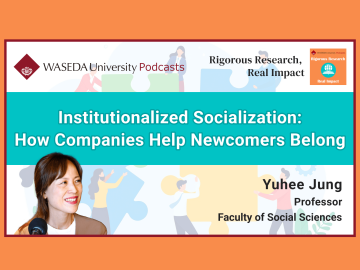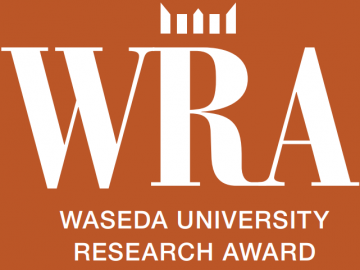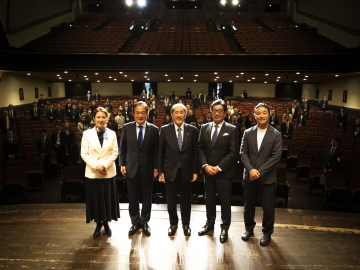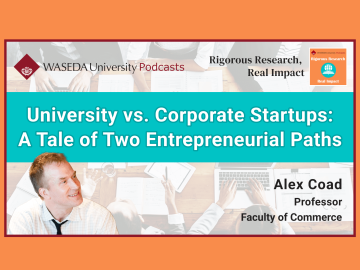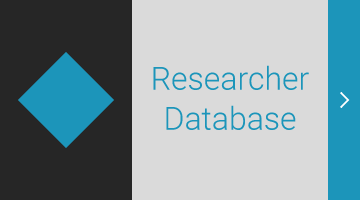International SISA Workshop “Extreme-Scale HPC and Big Data Systems: A Pathway to Their Convergence and Beyond”
What if longevity becomes possible by understanding how the heart works and studying treatment for heart diseases through a highly precise heart simulator? What about being able to predict tornadoes and torrential rain by analyzing real-time big data from weather satellites? How about driving up to a coffee shop near your house in a self-driving car, without the risk of getting injured? These would all become possible in the near future by utilizing high performance computing and big data system.
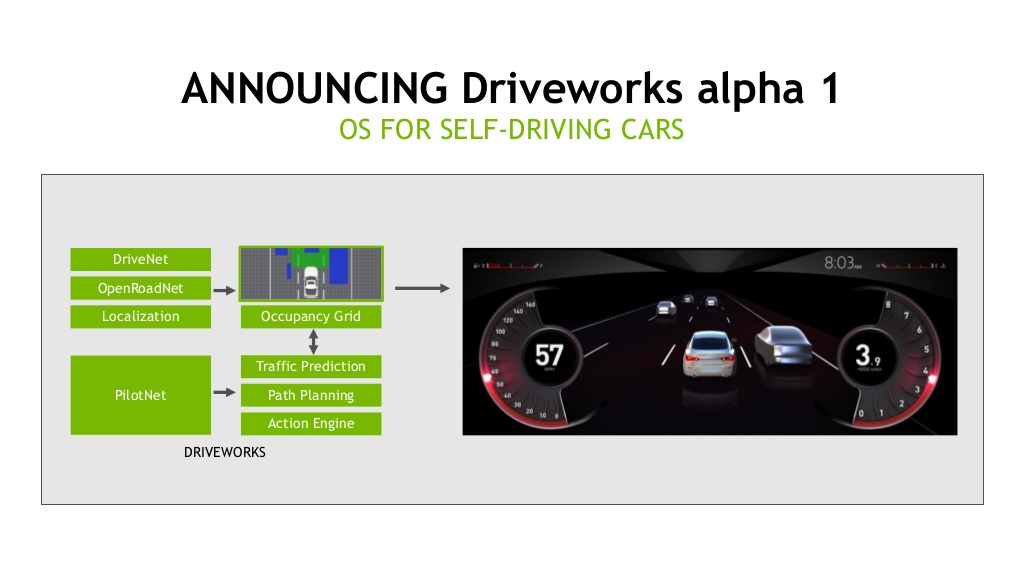
(Source: https://www.slideshare.net/NVIDIAJapan/nvidia-deep-learning-institute-2017)
High-performance computers and big data ecosystems are tied inextricably to the broader computing ecosystem, its designs and markets. However, during the past decade, the fields of high performance computing (HPC) and big data ecosystems (programming models, the system software stack and the software tools) have been diverging significantly. This divergence has also presented serious issues in computing architecture and hardware systems. Many researchers are concerned that for such divergence to continue may be detrimental to both fields. Particularly, HPC and big data ecosystems are facing challenges from the innovations in AI technology and computational machine learning methods.
To address these concerns, researchers need to openly share the problems related to research and development of HPC and big data ecosystems among each other.
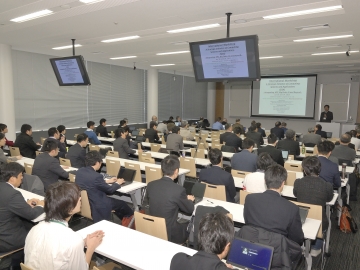
Waseda University’s ICT & Robotics Unit hosted the International SISA Workshop “Extreme-Scale HPC and Big Data Systems: A Pathway to Their Convergence and Beyond” from January 18 and 19 at the Green Computing System Research and Development Center, Waseda University. The guest speakers from the United States, Europe and Asia presented and discussed the future of cutting-edge technologies of strategic initiatives of computing systems and applications (SISA), which integrate HPC, big data, and AI technologies. The workshop was divided into four topics: architecture & applications, system software & applications, extreme scale & beyond, and integration of HPC, big data & AI. Over 130 participants, including students and representatives from top companies such as Toshiba and Fujitsu, attended the event.
The Waseda Goes Global Plan (for which the Frontier of Embodiment of Informatics: ICT & Robotics Unit was established) was mentioned in the introductory speech by Waseda’s Senior Executive Vice President for Academic Affairs & Provost, Shuji Hashimoto. The opening address was made by the co-chairs of the workshop: Professor Hironori Kasahara from the Faculty of Science and Engineering and Professor Guang A. Gao from the University of Delaware.
Professor Gao said that, “Japan is a great place to hold this kind of meeting because it serves as a national connection between the East and West, especially Waseda University for its distinguished history.”
Notably, Dr. Thomas Sterling from Indiana University, a professor of electrical engineering who is best known as “the father of Beowulf,” lectured on “Runtime system architecture for dynamic graph processing” in the workshop. Beowulf is a computer cluster (a group of computers which work together and function as one system) of personal computers that implements HPC. Furthermore, he serves as the Director of Indiana University’s Center for Research in Extreme Scale Technologies (CREST).
In the presentation, Dr. Sterling discussed the nature of computational challenges, examples and experiments with state of the art runtime system software HPX-5 and future directions in hardware architecture support for ex-scale run-time-assisted big data computation.
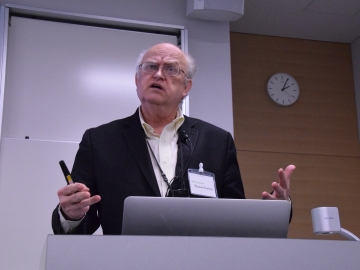
Dr. Thomas Sterling
Dr. Sterling concluded his presentation saying the following: “Run-time systems are an important but not the only part of the total system hierarchy, and an execution law allows us to consider its inner-relationship and its code designs with other layers as well as its interoperability with all those layers, enabling a rather higher efficiency execution of a complex, irregular and time-varying problems on such system. I suggest to you that in enabling that architecture will in fact become an important part of this solution.”
He commented towards the end that, “I honestly don’t know if this actually going to deliver in terms of the architecture, something for people to eventually use, but just because we don’t know if it will turn out to be useful doesn’t make this class of research not worthy of being performed. The run-time system work itself at this system software level is overly delivering value in both in our case and in the case of other contributors in that area.”
Each session of the workshop closed with a panel discussion by the guest speakers. A participating student from the Kasahara laboratory stated that, “Deep neural network, mentioned in the presentation by Stanford University’s Professor William J. Dally, is extremely crucial for my current research. This kind of opportunity where the leading figures of this field gather is quite special.” Professor Dally is Chief Scientist of NVIDIA Corporation, which is garnering global attention for its development in the world’s most advanced self-driving cars using deep learning.
Waseda University hopes that its research in the ICT and robotics fields will contribute to society by further developing cutting-edge system and application technologies.

